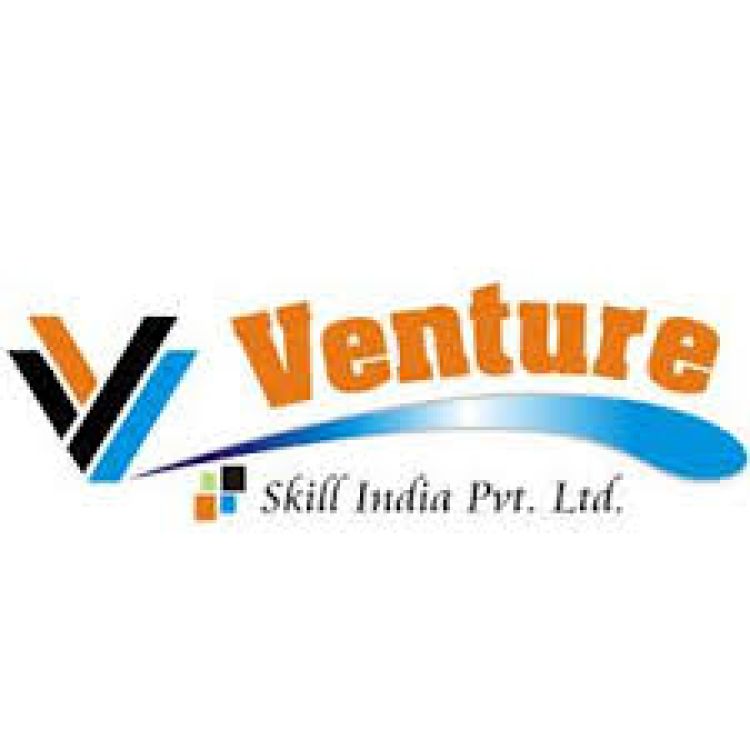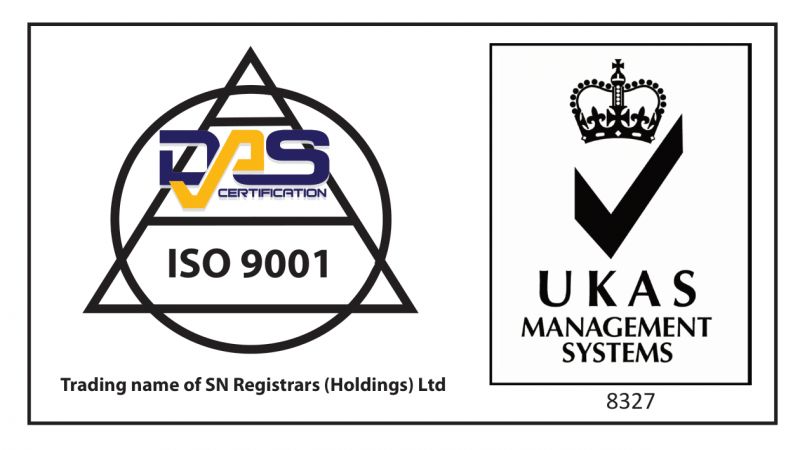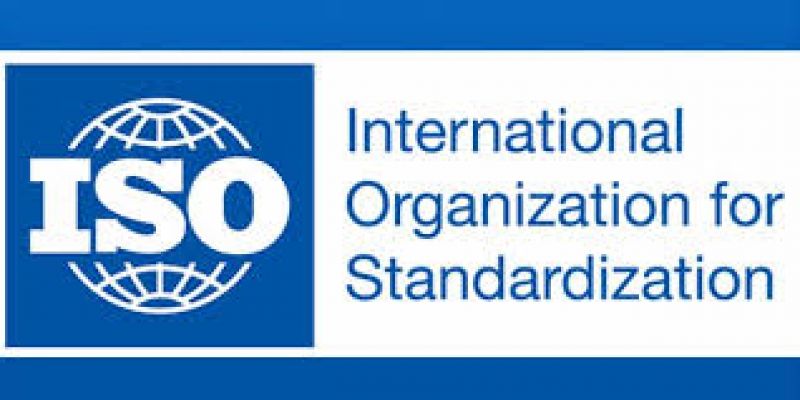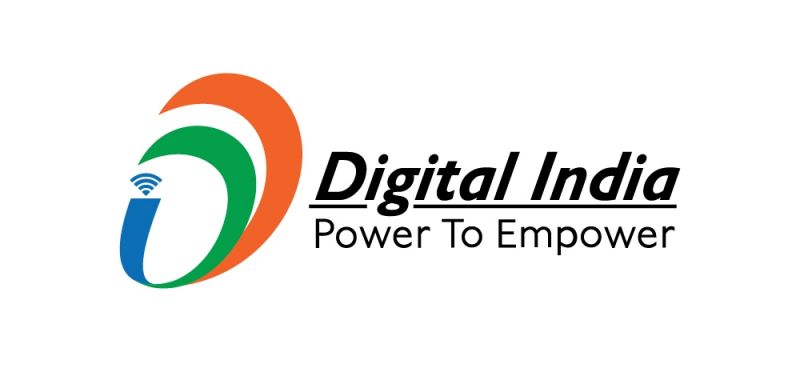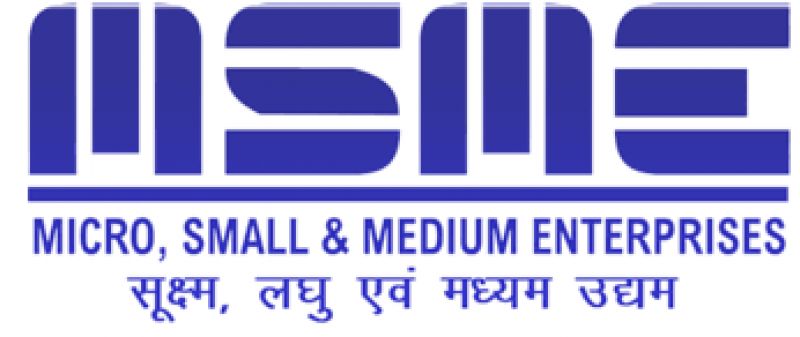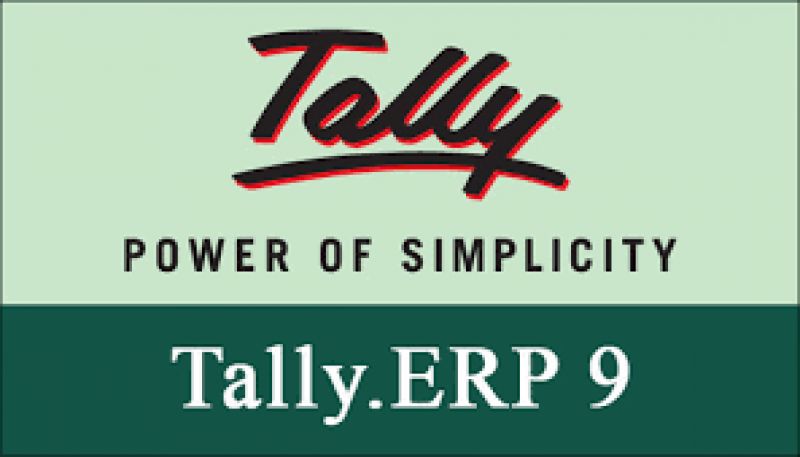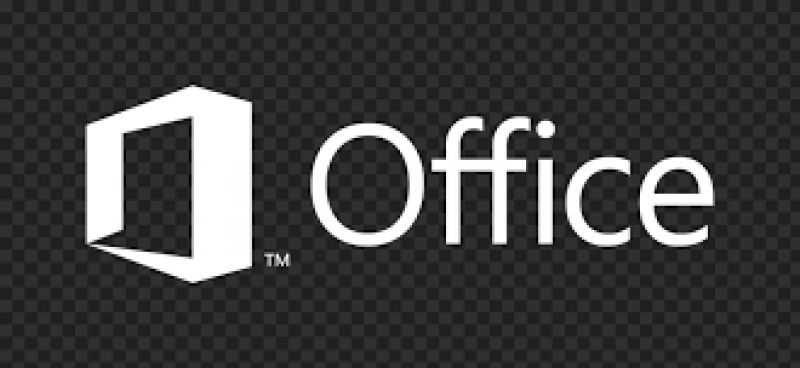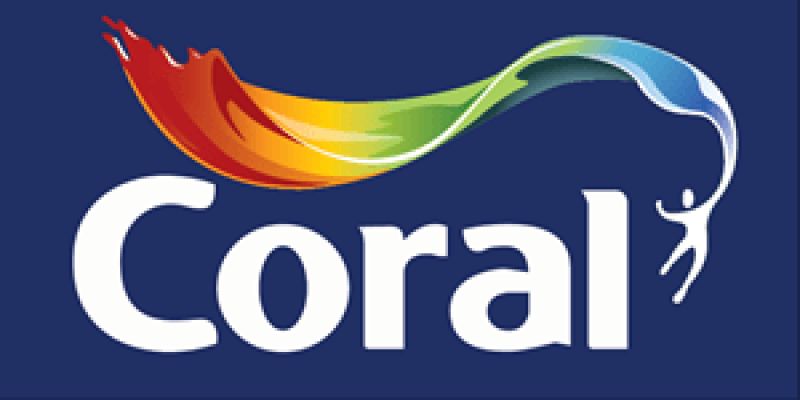COURSE: C
No dues on
1. INTRODUCTION TO C
1 What is C
2 Importance of C
3. Basic Structure of C Program 2. CONSTANT, VARIABLES AND DATA
TYPES
1. The C Character act 2.
C Token
a) Keywords b) Variables
i) Declaration of Variable ii) Types of C Variable
iii) Rules for Naming
Variables
iv) Assigning Value to variable
c) Constant
i) What is constant
ii) Types of constant with example
Numeric Constant
a) Data Conversion
b) Types casts
3. MANAGING INPUT AND OUTPUT
OPERATIONS
1. Reading a character 2. Writing a character
3. Formating output
4. Formating input
5. Sprintf() and Scanf() funtions. 4. THE DECISIONS CONTROL
STRUCTURE
1. What is decision making statement
2. The if statement a) Simple if statement
b) Multiple statements within if c) The if else statement
d) The else if statement
e) The use of relational and logic. operator.
f) The conditional operator
g) Assignment
5 THE CASE CONTROL STRUCTURE
1. Decision making with switch
statement 2. Assignment
Character Constant
d) Operators
i) What is operators
ii) Types of operators iii) Hierarchy of operators
iv) Association of operators
v) Special Symbols
3 . Data types in C a) Fundamental or basic data
type
b) User defined data type
c) Derived Data type
4. Storage classes in C
a) Automatic storage class
b) Register storage class c) Static Storage class
d) External storage class
5. Data Conversion
3. Switches Versus if else ladder 4. The goto statement. 5. Assignment
6 THE LOOP CONTROL STRUCTURE
1. Looping Concept
2. Types of Looking Statement
a) Entry controlled loop
b) Exit controlled loop 3. While loop (with example)
4. The break statement
5. The continue statement
6. Assignment
for loop (with example) 8. The do....while statement (with example)
9. Nested loog 7. FUNCTION
1. What is function
2. Use of function
3. Types of funtion a) User-defined function
b) Library Function 4. Need for user-defined function
5. Category of function
a) No argument not return value b) Argument but not return value c) Argument & returning value
d) Assignments 6. Scope rule of function
7. Recursion
8. Assignment 9. Nesting of functions
10. Function prototype
11. Call by value and call by reference
12. Assignment 8. ARRAYS
1. Introduction
2. Types of array a) One dimentional array b) Two-dimentional array
c) Three-dimentional array
3. One dimentional array
a) Declaration & Intialization of one-dimentional array
b) Creating one-dimentional array c) Array problem solving
4. Two dimentional array
a) Intialization a two-dimentional array
b) Memory map of two-dimentional
array
c) Creating two-dimention using
d) Problem solving
5. Three-dimentional array or multi- dimentional array
6. Assignment 9. STRING HANDLING
1. Declaring & intializing string variables
2. Reading string from keyboard 3. Writing string to screen
4. String handling functions
a) Strlen() b) Strepy ()
c) Streat ()
6. Assignment 10 POINTERS
1. Pointer & Strings
2. Assignment 3. Array of pointers to strings
4. Assignments
5. Use of pointers
6. Declaring & initialization pointers 7. Accessing a variable through its pointers
8. Pointers expression 9. Pointers with function
10. Pointers with array
11. Pointers & structure 12. Pointers increments & scale factors
13. Assignment 11 STRUCTURE & UNIONS
1. Why use structures
2. Declaring a structure 3. Structure Initialization
4. Accessing structure elements
5. Array of Structures
6. Structure within structures 7. Unions
8. Difference between structure and unions
9. Assignments 12 FILE MANGEMENT IN C
1. Data Organization
2. File Operations a) Opening a file
b) Reading from file
c) Writing to file
d) Closing file
5. File Opening modes
4. String (line) LO
5. Text file and binary files
6. Error Handling during L/O operations 7. Random-acess file
8. Assignment for both handling
13 THE PREPROCESSOR
1. Introduction to processor
2. Macro Substitution
3. File inclusion 4. Compiler control directives
DOCUMENT REQUIRED
2 PHOTO AADHARD CARD
MARKSHEET

Course Code : S-A1044

Course Code : S-C1006

Course Code : M-TC2001
Course Code : S-S-S-S-S-001-DCA
Course Code : S-S--002 DCA+ TALLY
Course Code : S-003 ADCA
Course Code : S-S-S-004 GRAPHIC DESIGNING
Course Code : S-S-005 MULTIMEDIA
Course Code : S-S-006 WEB DESIGNING
Course Code : S-S-007 COMPUTER HARDWARE AND NETWORKING
Course Code : S-S-008 ADVANCE EXCEL AND EXCEL
Course Code : S-S-S-009 TALLY
Course Code : S-S-010 'C '
Course Code : S-S-011C++
Course Code : S-S-012PYTHON
Course Code : S-S-013ADV. JAVA
Course Code : S-S-014CORE JAVA
Course Code : S-015FASHION DESIGN
Course Code : S-016 FASHION DESIGN
Course Code : S-017INTERIOR DESIGN
Course Code : S-018INTERIOR DESIGN
Course Code : S-S-019 AUTOCAD
Course Code : S-00001DCA
Course Code : S-012TYPING
Course Code : S-013TALLY+ WEB DESIGNING
Course Code : S-013 ADV EXCEL
Course Code : S-015REVIT
Course Code : S-016REVIT+SKETCHUP
Course Code : S-017ARCHITECTURE CAD
Course Code : S-018 TALLY +ADV.EXCEL
Course Code : S-019 DIGITAL MARKETING
Course Code : S-020WEB DEVELOPMENT
Course Code : S-021C&C++
Course Code : S-022PHOTOSHOP ILLUSTRATOR
Course Code : S-023PHOTOSHOP
Course Code : S-023 JAVASCRIPT AND JQUERY
Course Code : S-024AUTOCAD+SKETCHUP
Course Code : S-025FEMAL GARMENT STITCHING
Course Code : S-026AUTOCAD + REVIT
Course Code : S-027AUTOCAD+REVIT+3DMAX+VRAY
Course Code : S-028REVIT
Course Code : M-S-016
Course Code : S-22
Course Code : S-45
Course Code : S-35
Course Code : S-420
Course Code : S-001
Course Code : M-001
Course Code : S-0222
Course Code : S-098
Course Code : S-008
Course Code : S-900
